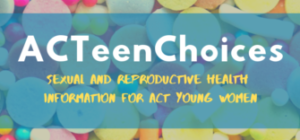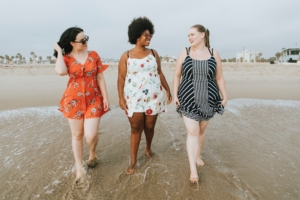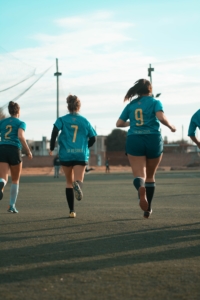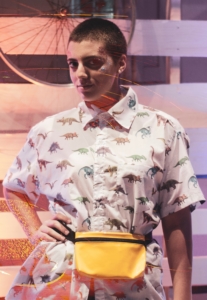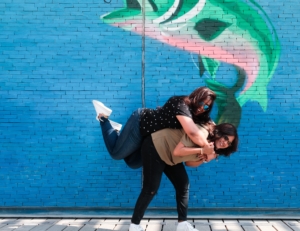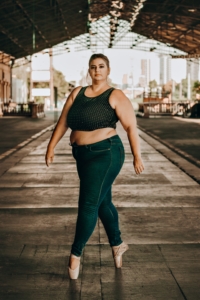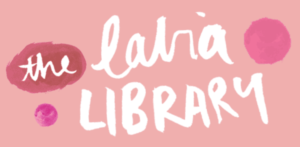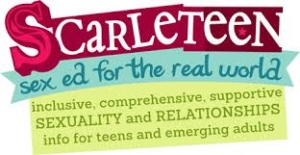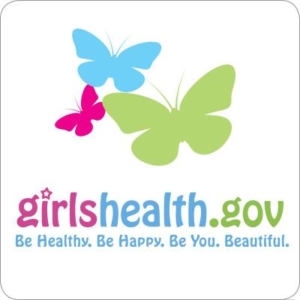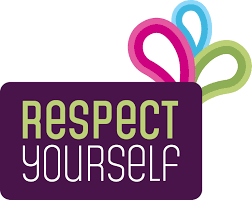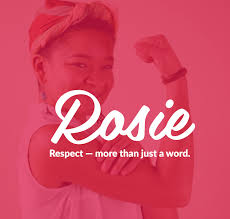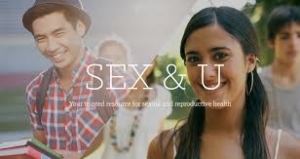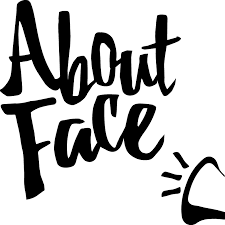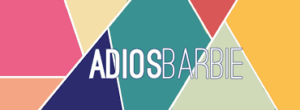Body image
Body image is how we perceive, think and feel about our own body. We can have lots of feelings, and complex feelings, about our body. These can change from day to day and the situation we are in. Learning to have a good relationship with our body helps with sense of well-being, feeling positive about our place in the world, our relationship with eating and food, our social relationships with other people, our experiences of our sexuality and pleasure.
What you should know
- There is a huge range of diversity when it comes to the human body.
- Not everyone’s body looks like bodies shown in the media or in textbooks.
- Issues with our body image can surface if we are comparing ourselves constantly to an ideal, or what is represented as a typical female or male body, when in reality most people’s bodies don’t look like that.
- It can help to reduce embarrassment when seeking help to feel comfortable talking about our body, including using correct names for our anatomy including genitals.
In the last five years body image remains to be one of three top concerns for young Australians in Mission Australia’s National Youth Survey. There is a strong link between unhealthy body image, particularly in teens, and negative thoughts and behaviours that lead to serious social, medical and mental health issues such as anxiety, depression, social withdrawal, stigmatisation, and potentially, eating problems and disorders.
Most of us grow up learning that there are two types of bodies – female’s and male’s bodies. Some people fit into this binary, but lot’s don’t. This perception is harmful to people who are intersex, trans, lesbian, gay, bisexual, or queer as their gender expression (body and behaviours) may not “match” their assigned role.
What influences our perception of body image?
Our surrounding environment can have a huge impact on how we think and feel about our own bodies. This includes friends, family and cultural background affecting our body image through social and cultural expectations and pressures to look a certain way. It’s also easy to be fooled by media that promises the perfect body but then points out a celebrity’s flaws. Advertising, TV shoes, magazines, blogs, and social media we see consciously and sub-consciously every day can gradually affect our thoughts and feelings about our own bodies.
‘Am I normal?’
Genital appearance
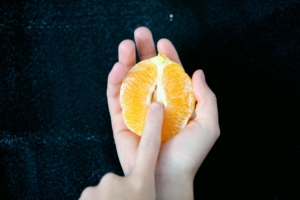
The appearance of their genitals can be a common concern for many women and girls. This can be influenced by many things, including how our culture views sexuality (and female sexuality in particular); the shame and secrecy that still persists about female genitals; the negative messages your family may have given you about your body and your genitals as you were growing up (even if they didn’t mean to); the myths about female genitals; and the influence of porn because of the depiction of only one ‘type’ of female genitals (which came from rules relating to censorship many years ago).
Learning about genitals, and the vulva (the outside bits) in particular and about what is ‘normal’ is very important in starting to feel OK and then learning to love and celebrate this part of your body.
The appearance of vulvas varies a great deal. They vary in relation to the size, shape, colour, hairiness, and even odour.
Variations include:
- Labia minora (inner lips) that are longer than the labia majora (outer lips). This is the case in the majority of women. This can vary from the labia minora being a bit longer than the labia majora and protruding a little bit, to being a lot longer, and protruding a lot more.
- Other variations in labia minora. Labia minora do not just vary in length, they can be thin or thick, have many folds or few folds, and are also commonly asymmetrical (where one side is longer and/or thicker than the other side).
- The labia majora also vary a lot between individuals. They may be very plump and curve around the inside of the vulva, or smaller and thinner and tucked back, and everything in between.
- Vulvas usually differ in colour to the rest of the body and, depending on the colour of your skin, can be quite different to skin elsewhere.
- Pubic hair. Hair around the genitals also varies a lot between individuals. It can be fine or course, curly or straight, long or short, be just around the genitals or be on the inner thighs and tummy too, and of course colour can vary from black to brown to red or blonde.
- Vulvas always have a slight odour which is completely normal. Just like other individual body odours they vary a little from person to person and can vary throughout the month.
If you are particularly concerned about the appearance of your genitals or have noticed a change in the appearance of your genitals, please see your nearest sexual health clinic, family planning clinic, or your GP.
For more information about female genitals, and specifically labia and vulvas see the following links:
The Labia Library
This is an Australian website that was developed by Women’s Health Victoria which aims to celebrate the different variations of female genitals and to “bust a few myths”.
So what is a vulva anyway?
This is a booklet produced by Brooks, a sexual health service in the UK.
Vulva styles
This is from Betty Dodson and Carlin Ross’ website, a US based charity who are dedicated to creating and disseminating information and education about sex and women’s and girls’ bodies in order to improve lives.
Lopsided vagina: Are my labia normal?
Healthline are a US based community that supports the provision of health information and education.
Breast appearance
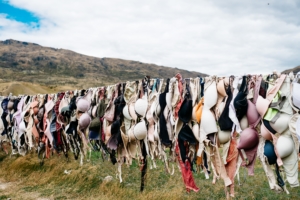
Like our genitals, breasts come in all shapes and sizes.
Due to unrealistic representation in the media, women may feel unsatisfied with the way that their breasts look, and sometimes may feel that they are not normal. However, breasts vary greatly in their size, shape, position, and nipple appearance.
Some of the variations in breast appearance includes:
- A very small breast area, that may appear to be flat
- Large areolas (coloured area surrounding the nipple) that may cover a lot of breast area
- Flat nipples or protruding nipples
- Breasts that are tubular in shape (long and pointed)
- Breast shape that is long and flowing (may be referred to as ‘saggy’)
- Breasts that are different in size – breasts may vary by multiple cup sizes
- Breasts that are asymmetrical in position – one breast may be higher or lower than the other
Important: If you have noticed a change in your breasts that you are concerned about, please consult your GP. See breast health for more information.
Still concerned about the appearance of your breasts? Here you can find a gallery of normal breast variations.
Dieting and disordered eating
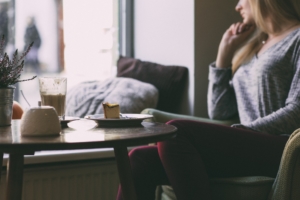
In a culture fixated on external appearance, it’s normal to care about how we look. However, unhealthy fixations on our weight can result in disordered patterns of eating and thinking about food that can have detrimental consequences for our mental and physical health and may even lead to the development of an eating disorder.
Eating disorders such as Anorexia Nervosa and Bulimia Nervosa are associated with very serious health consequences. So, although not all unhealthy or disordered eating behaviour leads to an eating disorder, it’s very important to identify and address such patterns of behaviour in yourself and others and to get help early.
So what does disordered eating behaviour involve? It may look different in everyone, but might encompass one or more of the following:
- An intense preoccupation with one’s weight, usually with a goal of losing weight
- Spending a disproportionate amount of time thinking about food
- The prospect of gaining weight may evoke feelings of anxiety
- A desire to have control over food consumption, an inability to have such control may be distressing
- Restriction of the amount of calories consumed, the type of foods consumed, or both
- Periods of excessive food consumption (binging) that may be followed by periods of restriction
- Excessive amounts of exercise
If you are concerned about yourself or someone that you know please see your GP.
If you are in need of immediate help or advice and live within Australia, you can call the Butterfly Foundation’s National Helpline on 1800 33 4673 or visit their website.
References
National Eating Disorder Collaboration (2019). Date accessed: 01/07/2019
Gottlieb, C. (2014) Disordered eating or eating disorder: what’s the difference? Psychology Today, Date accessed: 01/07/2019.
Reshaping your relationship with your body
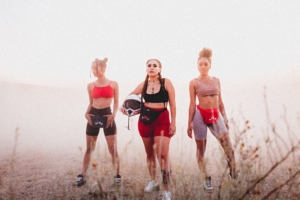
Many young women report feeling dissatisfied with the way that their body looks. However, contrary to the messages projected by the media, it is not your body that needs the makeover, but instead maybe it’s your perception of yourself that needs some TLC.
Restructuring your relationship with your body to be more positive and accepting is not an overnight process, it is one however that can help us to lead a fuller and more satisfying life.
Here are some tips on how to become more body positive:
- Challenging and changing negative self-talk: We are our harshest critics, particularly when it comes to our appearance. Therefore, it’s important that we keep ourselves in check regarding the ways that we think about our bodies.
Pro tip: if you find yourself thinking critically about your body, stop and ask yourself if you would say that to a friend. Remember, the saying ‘if you don’t have anything nice to say, don’t say anything it at all’ relates to you too!
- Appreciate your body for all of its functions. Next time you find yourself fixated on a perceived flaw, shift your attention to one of the amazing things our bodies do for us, like allowing us to move, feel, taste, smell, see and hear.
- Develop some self-love practices: whether it’s having a bath, putting on face mask or eating delicious, nutritious food. Do something every day to treat your body and yourself with love.
References
Engeln-Maddox, R., Salk, R., and Miller, S. (2012) Assessing women’s negative commentary on their own bodies: A psychometric investigation of the negative body talk Scale.” Psychology of Women Quarterly 36.2 (2012): 162–178. Web.
Body happy: how to have a more positive relationship with social media
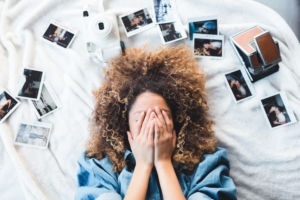
In previous years, projections of unrealistic body standards were limited to magazine covers and television commercials. These days, such ‘ideals’ are available to us at all times of the day, on our phones, computers, iPads, or any way that we choose to access social media. Comparing yourself to such images on highly visual social media platforms such as Instagram can result in feelings of inadequacy and lowered body confidence (Perloff, 2014).
Before rushing to delete your favourite social media app, consider these easy ways that you can change the way you use social media in order to maintain a happy relationship with your body:
- When scrolling on social media, remember that the images of ‘perfect bodies’ represent a very small portion of the population and are not representative of real life.
- Are you finding that a particular app, page or profile is having a negative impact on you? Delete or unfollow it!
- Try to only follow/look at profiles pages that make you feel good about yourself.
Here are some places you can find body positive accounts to brighten up your Instagram feed:
Insider: 33 body positive Instagram accounts to follow in 2019
Evening Standard: 15 incredible body positive people to follow on Instagram
References
Perloff, R. (2014), Social media effects on young women’s body image concerns: theoretical perspectives and an agenda for research.” Sex Roles 71.11: 363–377. Web.
What can you do?
We all have flaws and imperfections that we wish we could change. It is okay to want to look our best, or to be the best we can – but remember no one is ever perfect. The images in media are often airbrushed and what you see is rarely completely real so put them aside and realise that your body is amazing!
Check out the links below for more information about body image.
Further resources
Respect yourself: Body image
| Body image | Pleasurezones (Understand your body a bit better, and the body of someone with different dangly bits – contains nudity) |
| Happy being you |
